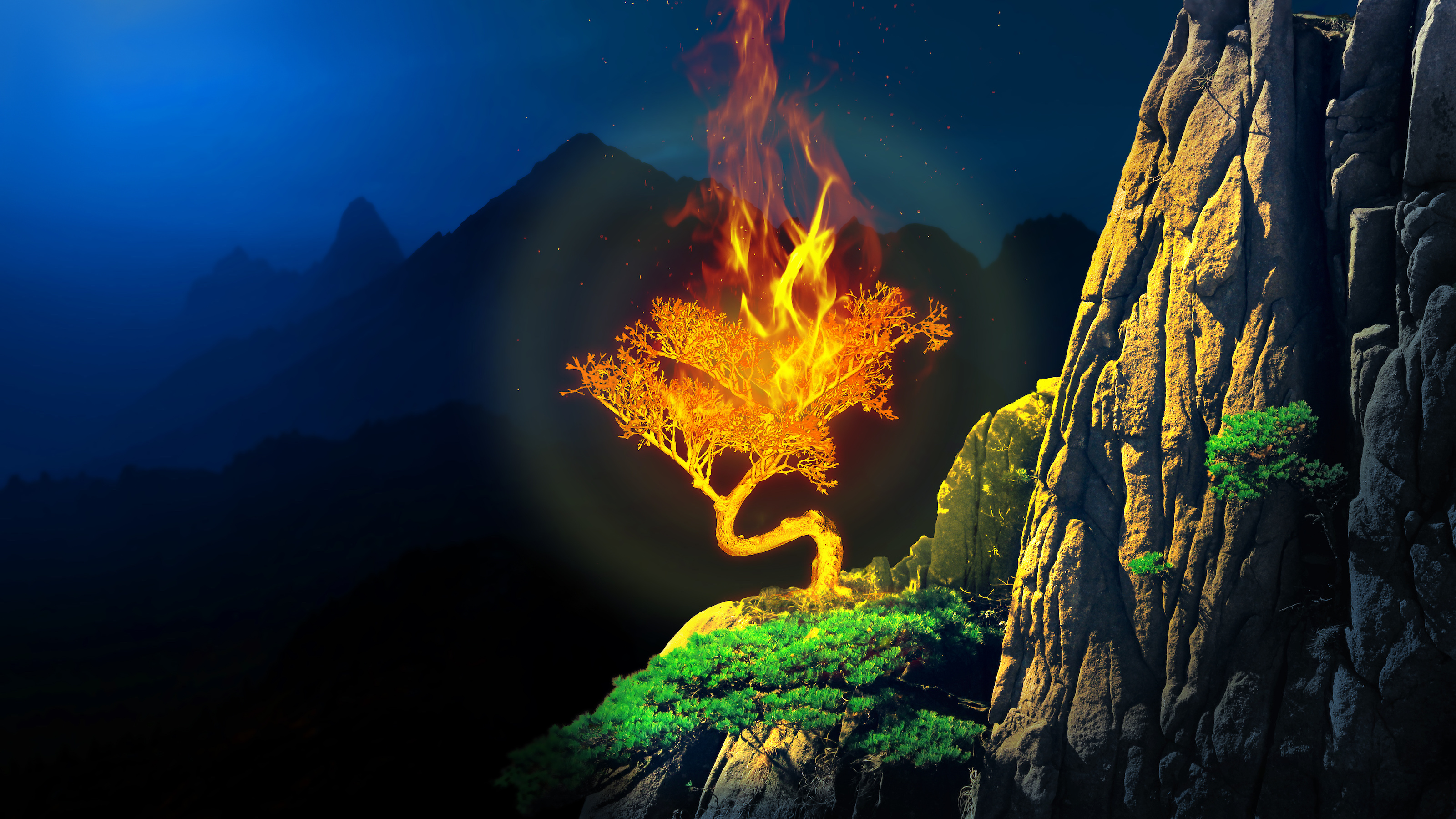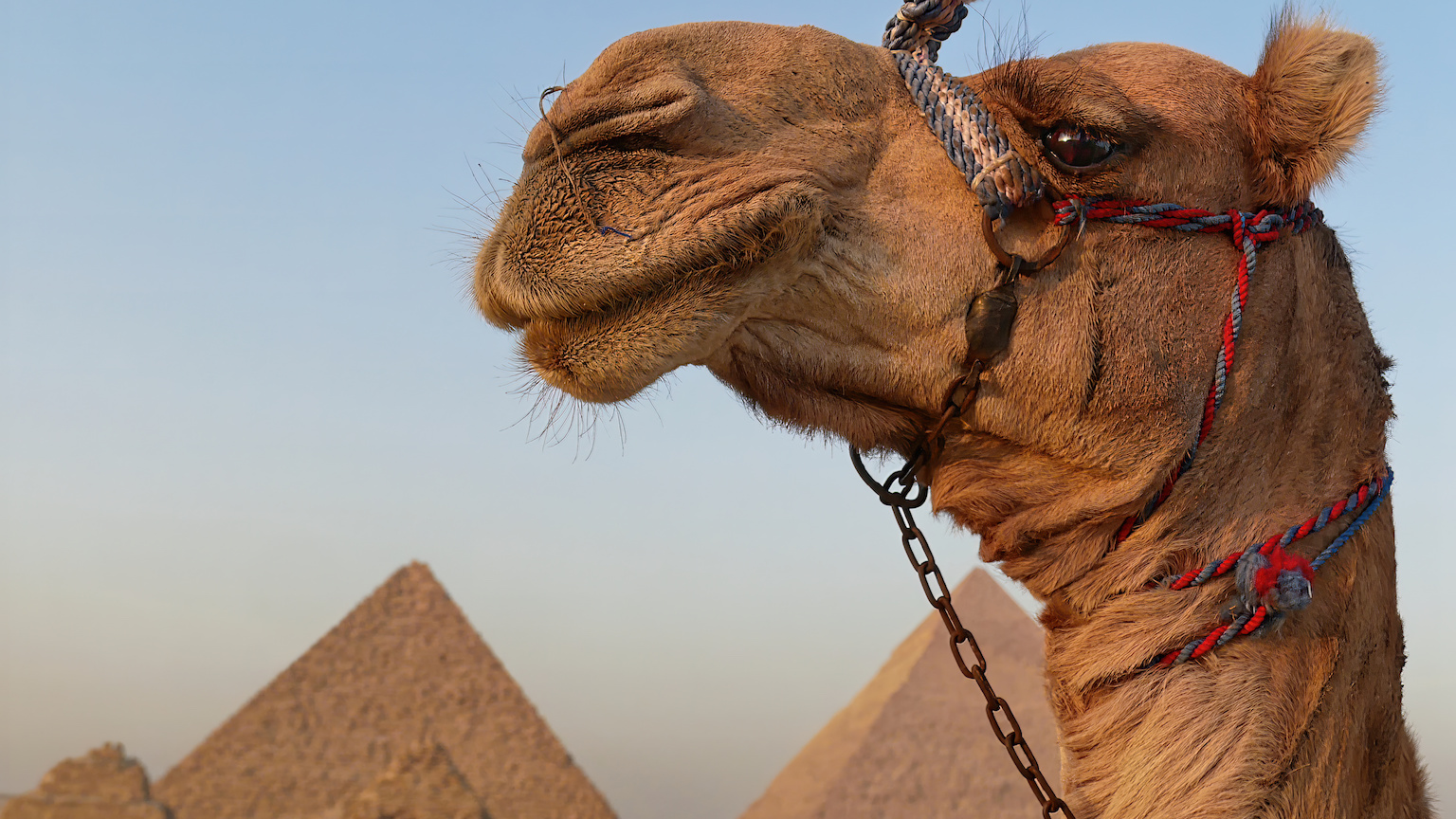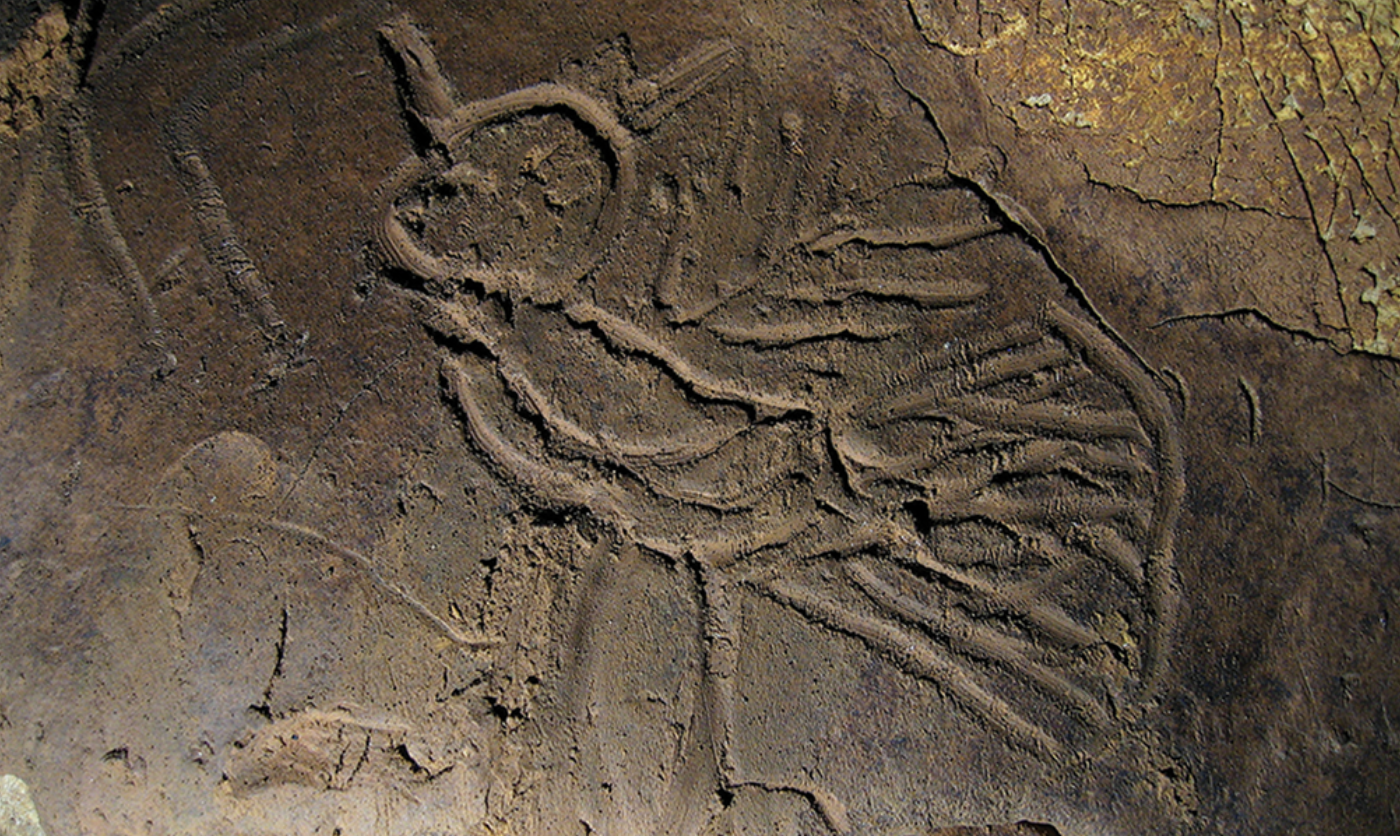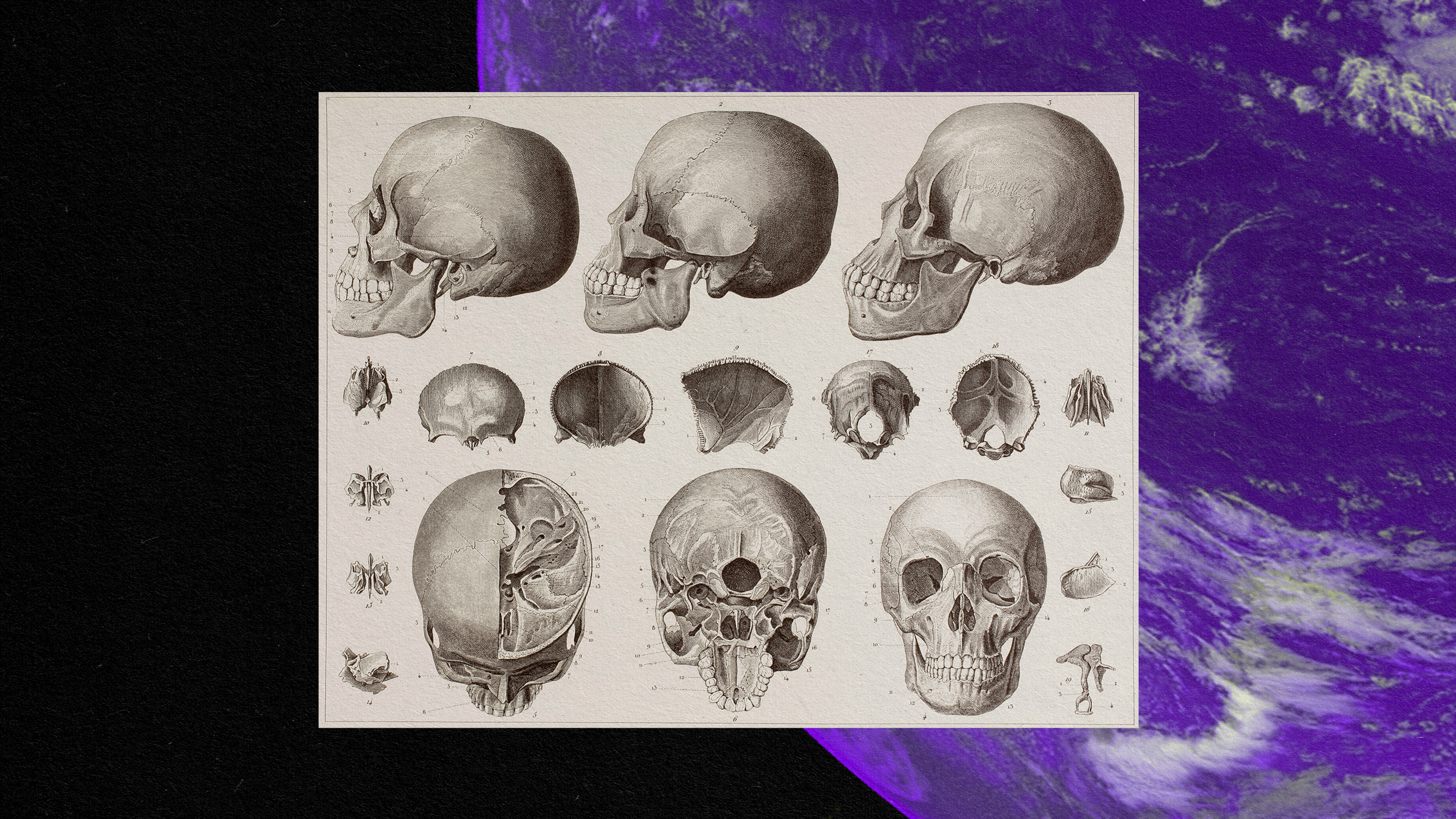Is the lost tomb of Genghis Khan hiding in plain sight?
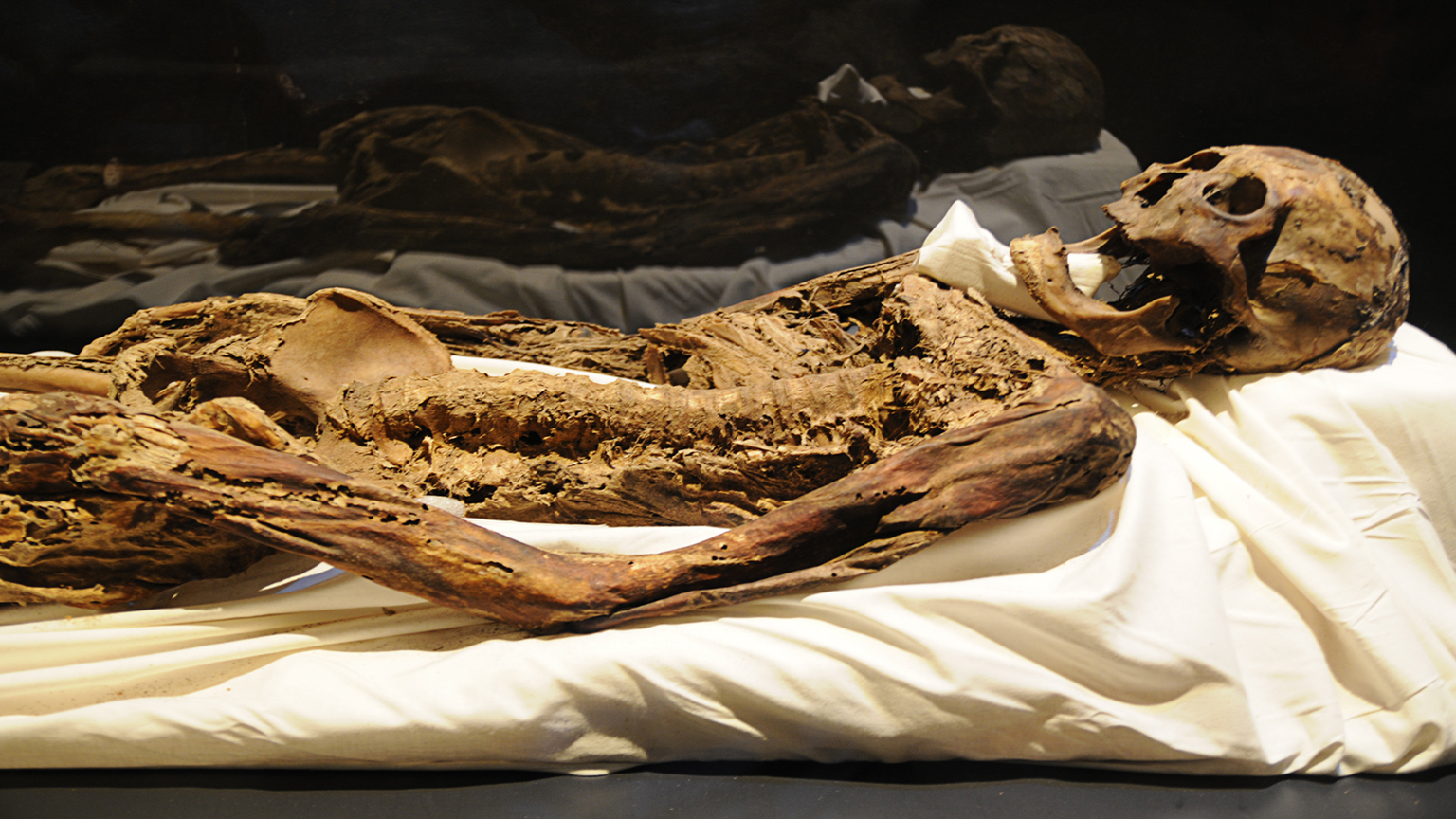
- The death of Genghis Khan is shrouded in mystery.
- Legends say he was buried in an unmarked grave, and that anyone who knew the location of his grave was killed to keep it a secret.
- After dozens of archaeological excavations, the tomb of the Khan of Khans remains hidden.
The birth of Genghis Khan, founder of the Mongol Empire and one of history’s most successful conquerors, is shrouded in mystery. The History of the Yuan, an historical account commissioned by China’s Ming dynasty, says Genghis Khan was born in 1162, while The Secret History of the Mongols — written for the Khan family by an anonymous author — implies he was born much earlier.
Still more mysterious than his birth are the circumstances of his death. We know his death took place in 1227, but we don’t know the cause. Some sources say the Khan of Khans died as a result of injuries he sustained after falling from his horse. Others claim that he succumbed to malaria or failed to recover from an arrow wound in his knee.
The same goes for his final resting place. Nearly every historical document or oral tradition tells a different story. However, all of them agree that the body of Genghis Khan was buried somewhere in Mongolia and that the traces of his gravesite were erased by his closest retainers, who may have been killed to protect their master’s secret.
To this day, the tomb of Genghis Khan has never been found. When it is, it will rank among the greatest archaeological discoveries of all time — on par with the Dead Sea Scrolls and the Terracotta Army of Emperor Qin Shi Huang. As the Swiss explorer Christoph Baumer wrote in his book, Traces in the Desert, the tomb would also help us make sense of Mongol religion and social hierarchy.
Marco Polo’s clues
The search for Genghis Khan’s final resting place begins with a handful of contemporary sources. Interestingly, many of the most authoritative accounts of Genghis Khan’s life mention next to nothing about his death. The Secret History of the Mongols, the oldest-known document written in the Mongolian language, simply states that, in 1227, the Khan “ascended to Heaven.”
The Persian chronicler Mohammed al-Jurjani, cited by Baumer, is of more use to us. He wrote that “there is among the Mongols the custom of excavating an underground chamber for the dead ruler. The floor is covered with carpets, on which they place a throne… After the body has been seated on the throne, the tomb is filled in, by night.”
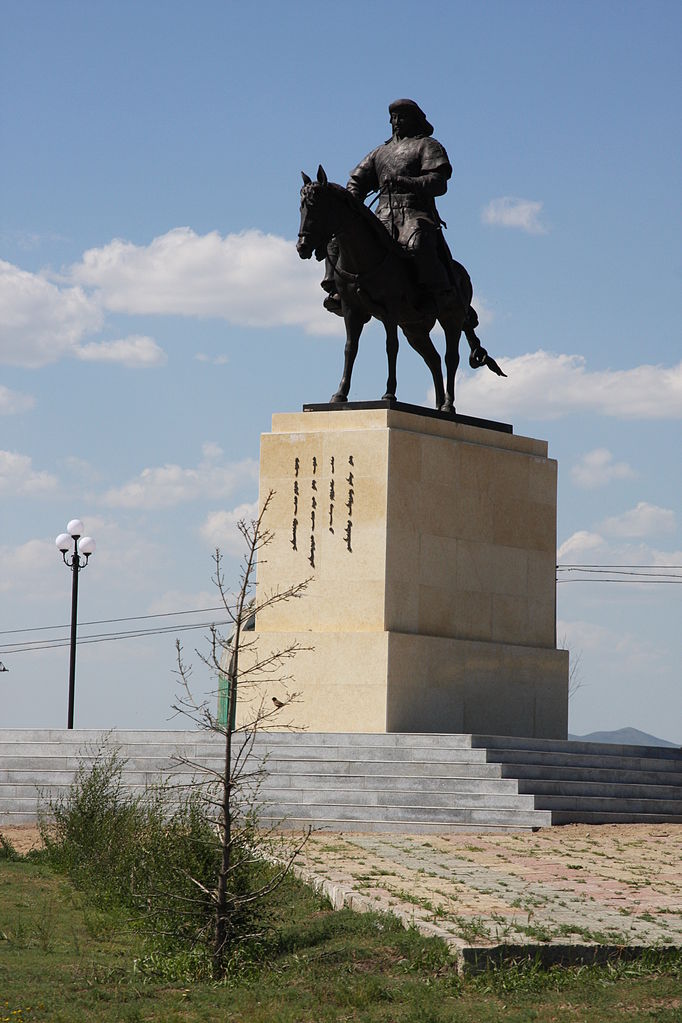
The trail continues with Marco Polo, who spent several years in the company of Genghis Khan’s heir and eventual successor Kublai Khan. In The Travels of Marco Polo, the Venetian merchant observes, “It has been an invariable custom, that all the grand khans… should be carried for interment to a certain lofty mountain named Altai.”
Not even Kublai Khan knew the location of Genghis Khan’s tomb, and for good reason. According to oral histories, the slaves and soldiers who attended the Khan’s funeral were slain in order to keep the location of his resting place a secret. This tradition was carried on by Kublai Khan’s predecessor Möngke Khan, whose retainers, says Polo, murdered anyone that crossed paths with the procession.
The death of Genghis Khan
We might learn more about the tomb of Genghis Khan by taking a closer look at the circumstances of his death. When he died, the Khan was waging war against the Tanguts in northwestern China. This, says historian Frank McLynn, author of Genghis Khan: The Man Who Conquered the World, would have made it difficult to bring his body back to Mongolia, a journey of 311 miles.
McLynn suggests that the tomb of Genghis Khan might therefore be located somewhere in northwestern China, possibly in the Ordos region. This hypothesis is supported by two Mongolian chronicles: the Altan Tobchi (1604) and the Erdeni Tobchi (1662). The former suggests Genghis Khan’s coffin was empty when it arrived in Mongolia; the latter says his tent and clothes were buried at Ordos.
Another Genghis Khan biographer, Paul Lococo, Jr, states that the location of Genghis Khan’s tomb is most definitely in Mongolia. According to Lococo’s sources, “Arrangements had been made to bury the Khan along the Onon River near a sacred mountain.” This “sacred mountain” may be Burkhan Khaldun, which is also believed to be the Khan’s birthplace.
Burkhan Khaldun now lies within the Khan Khentii Strictly Protected Area, a region of the country that the Mongolian government designated as a wildlife preservation and religious heritage site. The area is largely inaccessible to tourists and researchers alike. Hunting and mining are prohibited, and even herding — an otherwise unregulated practice — is strictly controlled.
Searching for the tomb
Although access to the Kenthii Mountains is restricted, this has not stopped researchers from searching the area for traces of Genghis Khan’s tomb. In 2015, French archaeologist Pierre-Henri Giscard and imaging expert Raphaël Hautefort used drones to survey a suspicious-looking tumulus (mound) on the slopes of Burkhan Khaldun.
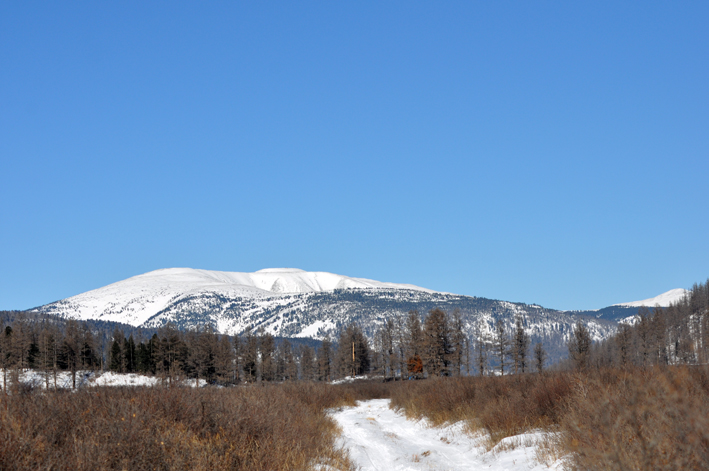
The survey, conducted without the approval of local authorities, was not able to peek inside the tumulus. It did, however, reveal that the structure was manmade and possibly modeled on Chinese imperial tombs. This tumulus could be a strong contender for Genghis Khan’s tomb. Unfortunately, we cannot know for sure until the Mongolian government permits us to get closer.
Damba Bazargur, a historical geographer of the Mongolian Academy of Sciences who traveled alongside Baumer, believes the tomb lies 90 km southeast of the Strictly Protected Area, at the confluence of the rivers Khurkhin and Onon, where Genghis is believed to have united the Mongol tribes to form the Mongol Empire during the Imperial Diet of 1206.
Discouraged by these unsuccessful endeavors, research scientist Albert Yu-Min Lin decided to crowdsource his own search. In 2010, he recruited some 10,000 volunteers to scan over 6,000 square km of satellite images for geographical anomalies. The resulting data was fed to an AI that produced a list of 55 potential sites, none of which turned out to contain Genghis’ body. The search continues.
